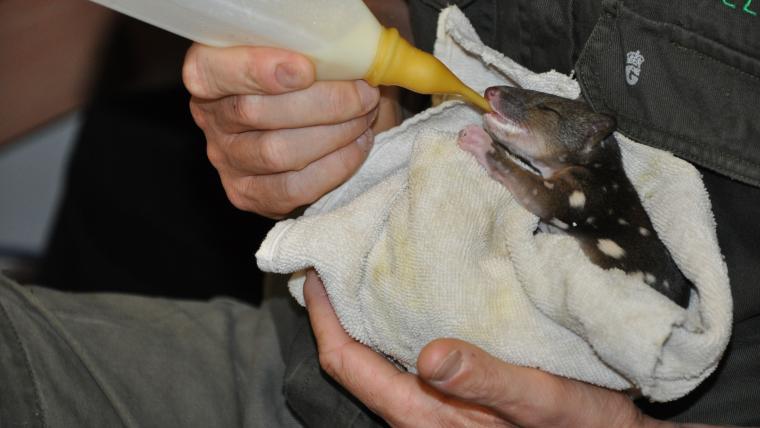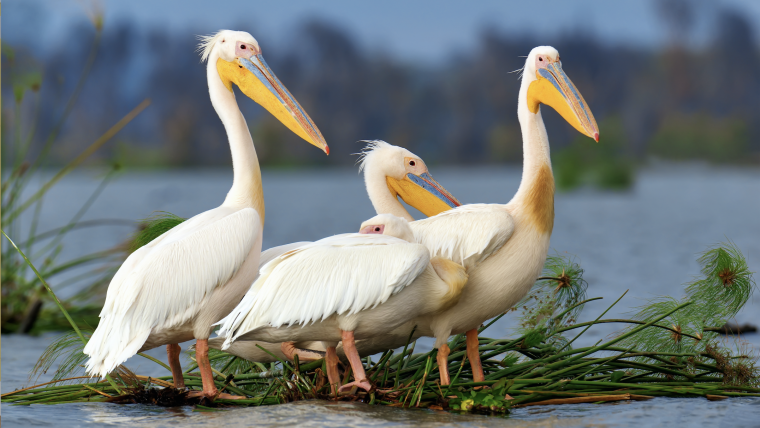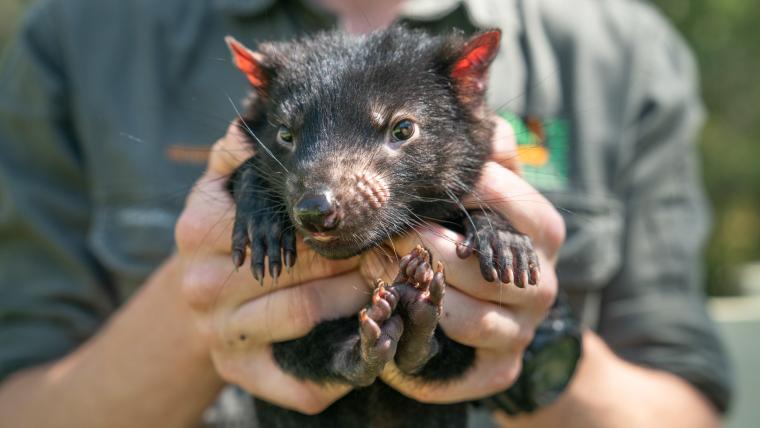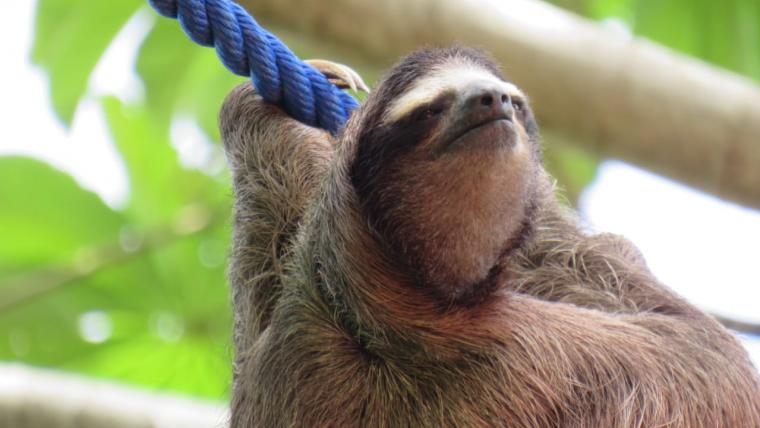
The conservationist rewriting the fate of Australia’s endangered wildlife
Australia is in crisis. With the worst mammal extinction rate on Earth, the country is facing the irretrievable loss of dozens of endemic species, such as the Gouldian finch, northern quoll, and black-footed tree rat. But hope is not lost – far from it. Through the unwavering dedication of wildlife guardians like Tim Faulkner, the fate of Australia’s animals is being secured.
“I’d like to think I can save the world,” Faulkner says. “I can’t. What I can do is make sure there are places for the future.” He is the co-owner of the Australian Reptile Park and president of Aussie Ark, two organisations driven by a mission to preserve species and restore populations. Faulkner’s main focus is to rewild natural areas and return them to their original states, balancing the ecosystems that have been ravaged by the effects of colonisation, commercial farming, logging, and poaching.
One of his rewilding initiatives that has had astounding success is the Tasmanian devil breeding project at Aussie Ark. Three thousand years ago, devils went extinct on mainland Australia. Through the programme, nearly 400 devils have been born, signalling optimism for the species’ return.
Conservation is an uphill battle, and depends on government, NPOs, and local communities banding together to rewrite the futures of dozens of species. “We love our wildlife, we see it as our national identity, our cultural identity,” Faulkner says. “But we need to do more as society.” A steward for Australia’s fauna and flora, Faulkner’s deepest desire is to see his children take up the mantle of protecting life. “I hope to inspire the next generation,” he says. If Faulkner succeeds in his mission, Australia will be teeming with all its marvellous creatures for centuries to come.






























Please sign in to leave a comment